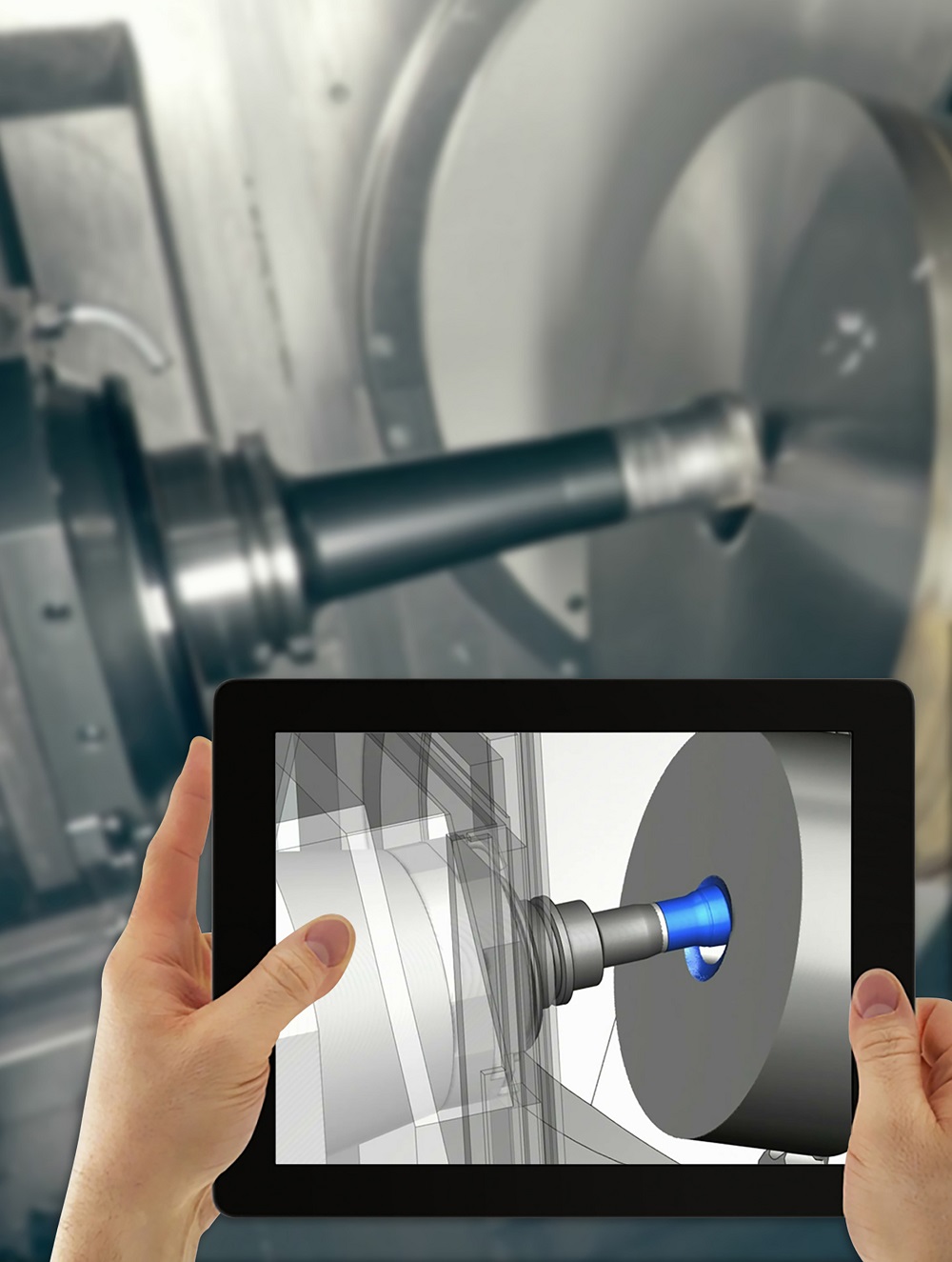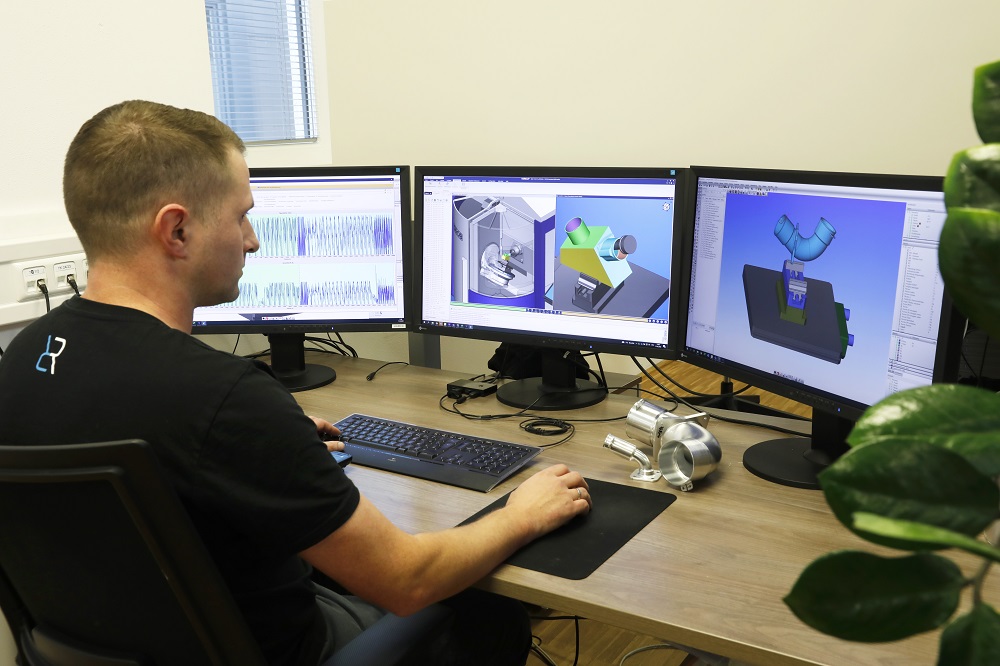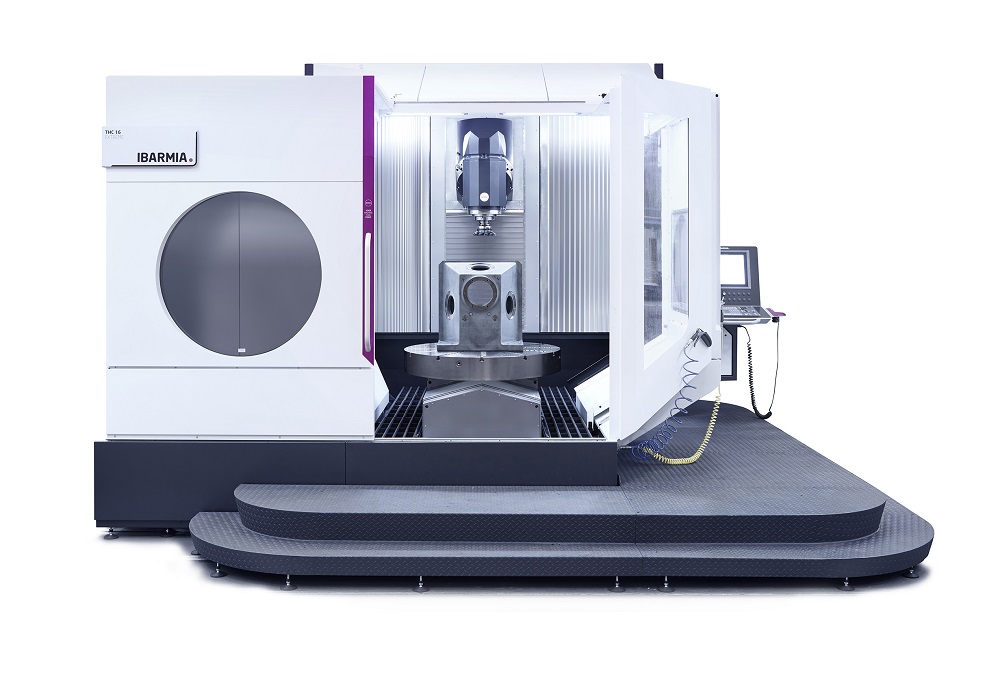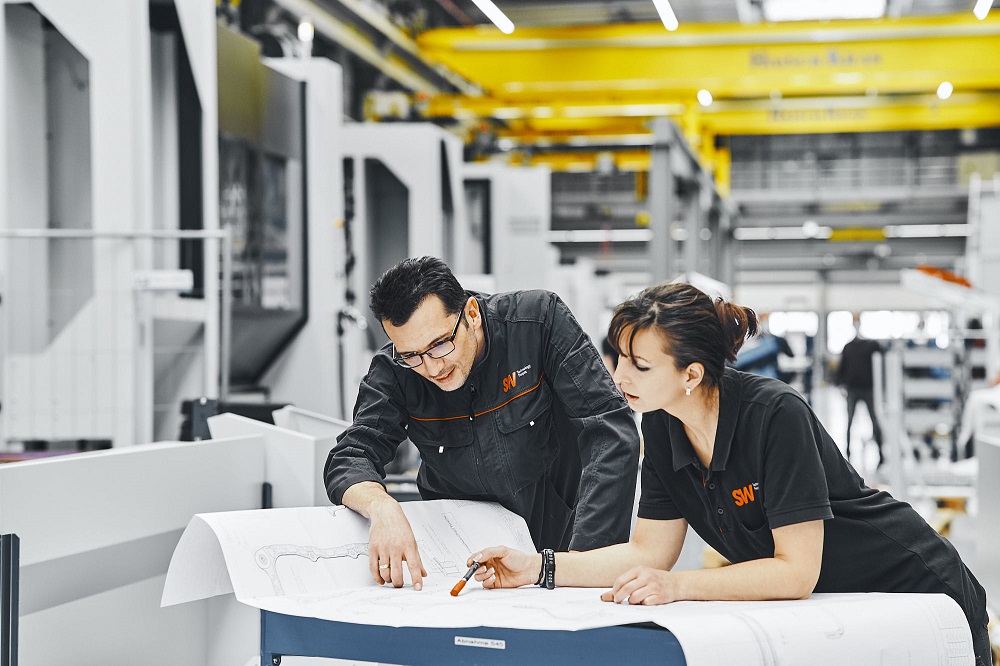As an aerospace supplier, RO-RA Aviation Systems GmbH is very successful, especially in the production of complex, high-precision and difficult-to-machine components, primarily for the aviation industry. With demands for high-quality components, it is essential that processes are safe and stable. For maximum process reliability and the best-possible performance, RO-RA uses VERICUT CNC simulation, verification and optimisation software, including the VERICUT Force milling module. The result: no more machine crashes and time savings of up to 25% per component.
Among the success factors at RO-RA is the digitalisation of development and manufacturing processes, which includes the networking of all engineering and testing processes.
“By setting up digital twins in product and process development, we achieve significant improvements in time-to-market,” explains managing director Helmut Wiesenberger.
By way of example, RO-RAmanufactures complex connectors made of aluminium for aircraft fuel lines, in which the machining rate is around 95%. Previously the company experienced machine crashes despite CAM simulation, which of course resulted in downtimes and service calls. In order to avoid this and ultimately increase process reliability, RO-RA introduced CGTech’s VERICUT simulation and optimisation software in 2018 after a selection process.
“In order to produce such sophisticated milled components efficiently and economically, we were looking for a software solution that simulates our NC programs in advance and checks them for any problems, such as collisions,” says Patrick Fellinger, head of engineering at RORA. “The fact is, CAM simulation only simulates the toolpaths and not the actual NC code. With VERICUT, we get a virtual machine and a machining digital twin, which means every travel path that we program is checked for 100% process reliability.”
For further information www.cgtech.co.uk



















